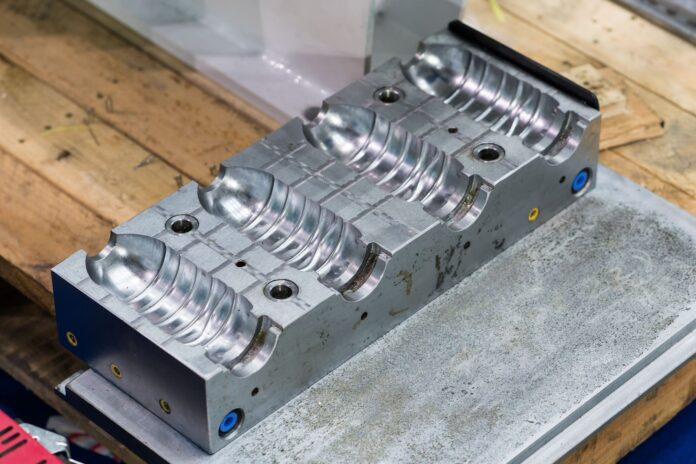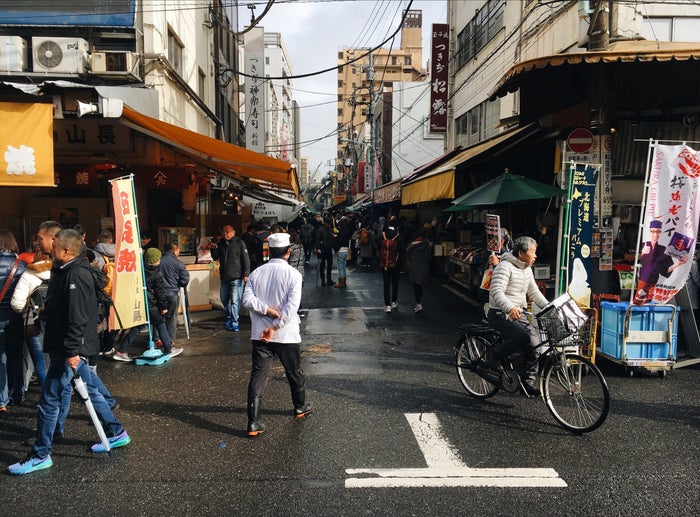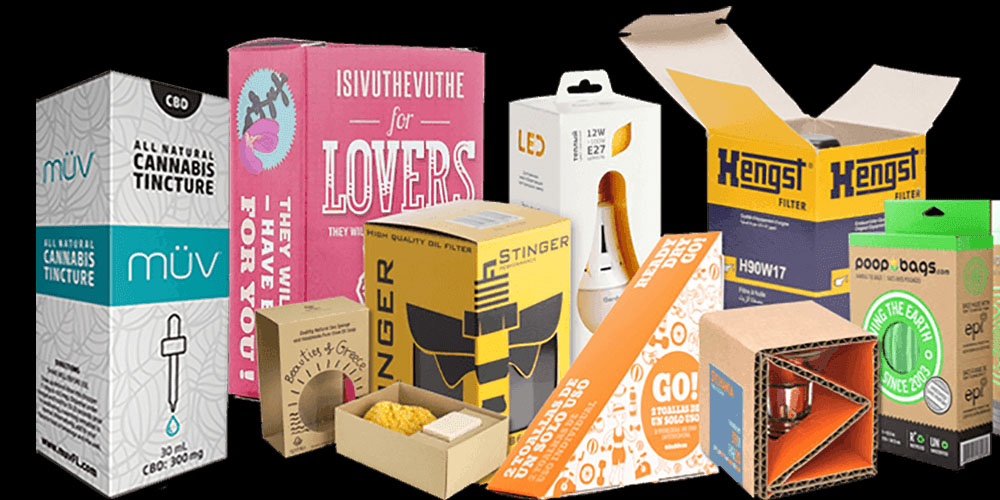Have you ever wondered; plastic items we use in our daily lives, what make them? If you ever get a chance to flip and see what’s written at the base of any plastic bottle, you will see some series of letters and numbers. These are often present in a rectangle. Do you know what does that means?
Well, these letters and numbers tell what kind of plastic material is used to make that product. In general, there are six to seven main materials that are used in making daily use plastics. Let’s have a look at what are they, and how they help in plastic injection molding.
High-Density Polyethylene (HDPE)
HDPE is one of the most majorly used plastic materials which is often utilized in commercially-distributed plastic. You will see the products labeled with a 2 and HDPE, manufactured by custom plastic molding. Being one of the most common and popular materials, its main function lies in the thermoplastic manufacturing industry.
Some of the common plastic items made of HDPE by plastic injection molding technique include rebar, chairs, pulley adapters with HDPE composite plastic, high-quality roller chain sprockets, and the list goes on.
Polyethylene Terephthalate (PET or PETE)
PET is another top most important material in the world of plastic injection molding. Being an important commercially-distributed plastic, it is said to be food- and drink-safe material. This is because of its unique ability to prevent oxygen penetration and inhibit spoilage of product inside. PET is labeled with a 1 and PETE. It is highly recyclable resin and cheap.
Some of the common daily use material made from PET includes water bottles, soft drink bottles, shampoo/conditioner bottles, carry-home food containers, liquid hand soap bottles, etc.
Polyvinyl Chloride (PVC)
The third type of commonly used plastic injection molding material is PVC. It is labeled with a 3 and PVC. It is produced in two typical forms that are; rigid or unplasticized polymer (uPVC) and the second one is flexible, plasticized PVC. This material is also very cheap and dense. It is resistant to alkalis, chemicals, and impact deformation.
A few common daily plastic products made from PVC are wire insulations, rigid pipes, building sides, commercial flooring, etc.
Polypropylene (PP)
Polypropylene is heat resistant plastic material that is labeled as PP. It retains its original shape after heavy bending, flexing, or torsion. Plastic containers, toys, luggage, car parts, medical equipment, reusable water bottles, are all products of PP. It is also commonly used in plastic injection molding.
Low-Density Polyethylene (LDPE)
LDPE is another important commercially-distributed plastic. As per its name, this plastic material comes with a lower “density” as compared to HDPE. This property makes it more pliable. Some of the common daily used products made of LDPE by plastic injection molding are juice boxes, plastic film, plastic baggies, disposable shopping bags, and much more.
Polystyrene (PS)
Last but not least, PS is a naturally transparent plastic material. It is easily available as a typically solid and in the form of rigid foam. The rigid one is odorless and non-toxic which is commonly used in electronic industries and food packaging. Your common household appliances, instrument panels, computers, televisions, CD and DVDs, all are made from PS.












